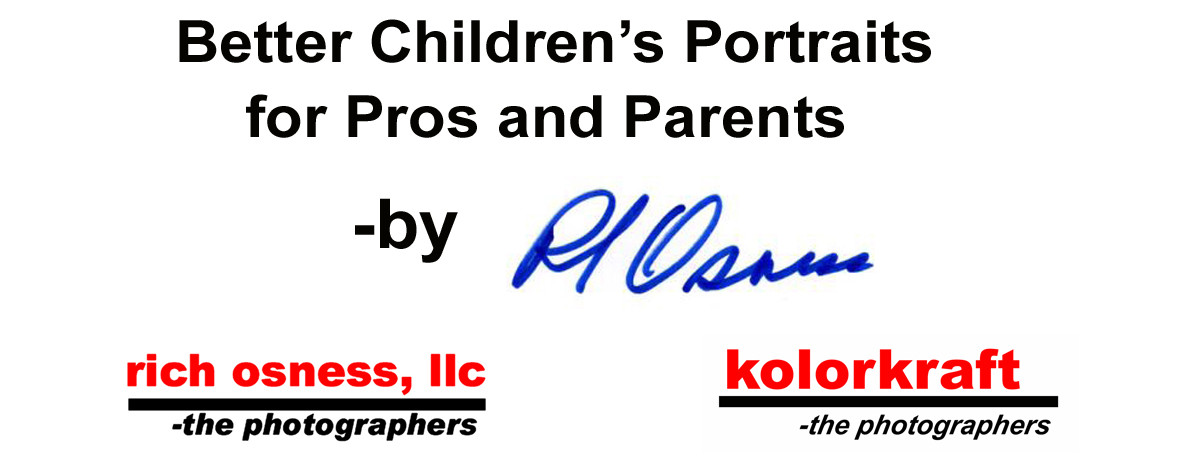What’s an f-stop?
In 1971 I heard an experienced photographer state that a new photographer should spend at least ten years working with an accredited pro before they were turned loose on the public. One of the most highly regarded wedding/portrait photographers in South Dakota claims he worked for “Gene” nine years before Gene let him take a picture.
When I heard the first comment the business I was with had a three week training program. Actually, most people didn’t make it through the three weeks. Those who did, knew enough to do what they needed to do and not embarrass us or themselves. The others learned within a few days they did not really want to be children’s photographers.
Later, with my own business, I adopted the three week model for new photographers. Experienced photographers initially had a one week orientation period. The week for an experienced photographer was enough time for either I or the trainer to learn whether or not this person could learn to perform to our standards. Then they started training.
Everybody had continuing training in company seminars and periodic one on one, in the field, coaching with “more experienced” photographers. Both the coach and the coached became better.
It worked well enough for us to develop a reputation for having great children’s photographers. We were very good at what we did.
The intensive three week training usually involved photographing several hundred children and family groups. It made them a specialist in what they had to do to get better pictures of young children, newborn to kindergarten. We were better than most traditional studio photographers and we could do it much faster.
“What’s an f-stop?” was a common joke in our part of the business. Our photographers did not need to know. The lighting was “locked down” and sometimes the f-stop on the lens was, too. We knew how to adjust the lights for different situations and produce the very consistent exposures we needed to make good prints at a low cost.
When they were “turned loose” on the public our photographers knew all of the technical stuff they needed to know. More importantly, they knew how to pose and get a baby to smile, settle down a screaming two year old, engage a stubborn three year old and get the parents to relax, have a seat and let the photographer do it. We were very good at working with children and producing well posed, consistent exposures that made it possible to produce better pictures than most photographers, at a fraction of the price, in a fraction of the time.
We may not have cared what an f-stop was but we knew something that could not be learned in a seminar or classroom. Our system gave us the ability to turn out better prints than many of the most expensive photographers at a fraction of the price. We consistently got better expressions and poses of children. We were good at a specialized task.
Either a long “apprenticeship” with an experienced pro or an intensive, specialized training program has value.
The common thread between these two systems is real world experience. Classrooms, seminars, workshops and even the now popular boot camps do not offer the chance to work with the general public. You can learn some things photographing paid or volunteer models but it is not the same as a few hundred or even thousands of paying customers. Either system gives you this.
This is why doctors do not go straight from medical school to private practice. If you skip the years of internship and settle for a few years (or less) of classes and seminars you can’t learn what is really important. How to do your job.
This is the rest of the point the photographer from 1971 was making. The ready availability of inexpensive cameras and photography classes was hurting the reputation of the business.

